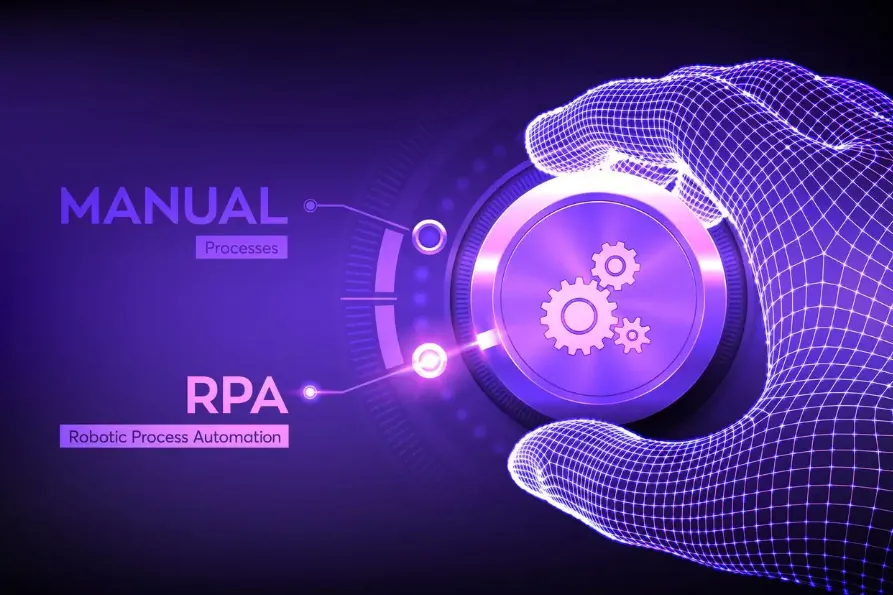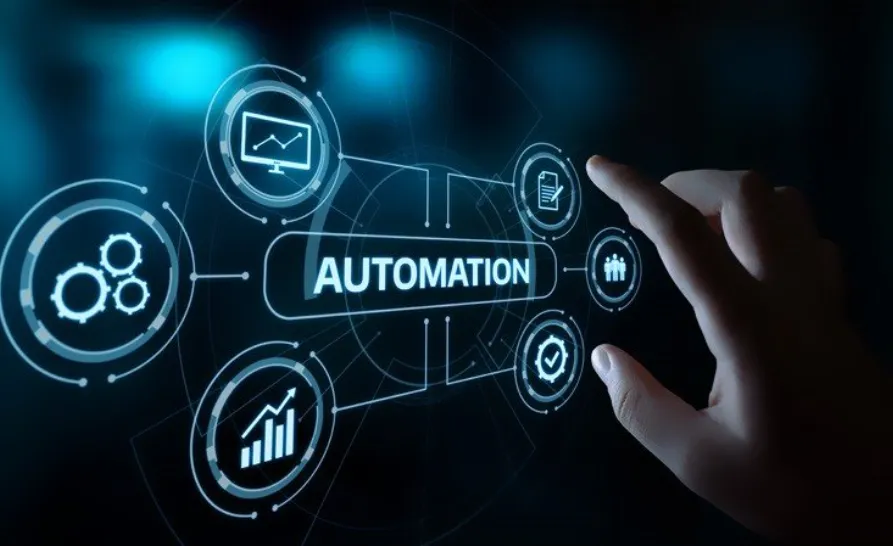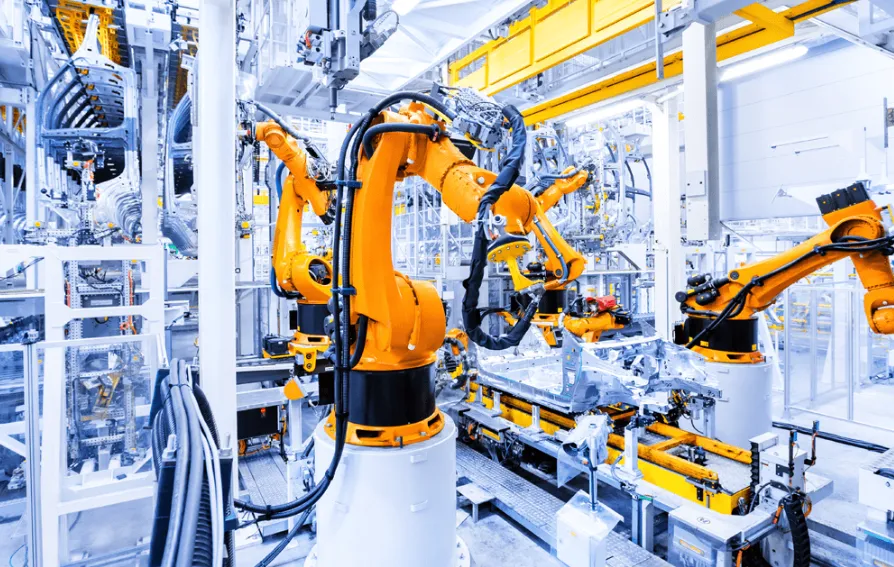Robotic Process Automation (RPA) represents a fundamental shift in how businesses approach operational efficiency. At its core, RPA refers to software technologies that automate digital tasks by mimicking human interactions with computer systems. These “software robots” can perform a wide range of activities from simple data entry to complex multi-step workflows across multiple applications.
The technology works by replicating how humans interact with user interfaces. RPA bots can log into systems, navigate menus, extract data from documents, input information into forms, perform calculations, and make rule-based decisions. What makes RPA particularly powerful is its ability to work across different applications without requiring complex system integrations or API connections.
RPA differs significantly from traditional automation approaches. While conventional automation requires deep system integration and coding expertise, RPA operates at the presentation layer. This means it can automate processes in legacy systems that may not have modern interfaces or available APIs. The technology is designed to be implemented by business users with minimal technical background, using visual workflow designers rather than complex programming languages.
In practical applications, RPA delivers substantial business value across industries. Financial institutions use it to automate account opening processes, reducing processing time from days to hours. Healthcare organizations implement RPA for claims processing, achieving near-perfect accuracy in data handling. Manufacturing companies deploy bots for inventory management, ensuring real-time updates across multiple enterprise systems.
The implementation of RPA follows a structured methodology. Organizations typically begin with process discovery, identifying repetitive, rule-based tasks that consume significant employee time. These processes are then analyzed for automation potential, considering factors like process stability, input consistency, and exception frequency. Successful implementations often start with pilot projects before scaling to enterprise-wide deployments.
RPA platforms have evolved to incorporate increasingly sophisticated capabilities. Modern solutions include computer vision for working with unstructured data, basic machine learning for pattern recognition, and natural language processing for document understanding. These advanced features enable automation of more complex processes that previously required human judgment.
The technology landscape features several leading RPA platforms, each with unique strengths. Some specialize in attended automation where bots work alongside human employees, while others focus on unattended automation for back-office processes. Platform selection depends on factors like existing IT infrastructure, process complexity, and organizational automation maturity.
Security and governance form critical components of RPA implementations. Organizations must establish proper controls around credential management, access permissions, and audit trails. Best practices include implementing centralized bot orchestration, maintaining comprehensive logging, and establishing clear ownership of automated processes.
Measuring RPA success requires well-defined metrics. Common key performance indicators include processing time reduction, error rate improvement, cost savings, and employee productivity gains. More sophisticated organizations track indirect benefits like improved compliance, enhanced customer experience, and increased business agility.
The technology continues to evolve rapidly. Current developments include the integration of RPA with artificial intelligence to handle more cognitive tasks, the emergence of self-learning automation that improves over time, and the growth of cloud-based RPA solutions that reduce infrastructure requirements. These advancements are expanding the range of processes that can be effectively automated.
RPA implementation challenges should not be underestimated. Common pitfalls include selecting inappropriate processes for automation, underestimating change management requirements, and failing to properly maintain automated workflows. Successful organizations address these challenges through proper planning, stakeholder engagement, and continuous improvement practices.
The business case for RPA has become increasingly compelling. Typical return on investment periods range from six to eighteen months, with many organizations achieving full payback in under a year. Beyond direct cost savings, benefits include improved process consistency, enhanced regulatory compliance, and the ability to reallocate human resources to higher-value work.
Looking ahead, RPA is becoming a foundational component of digital transformation strategies. Forward-thinking organizations are moving beyond isolated automation projects to develop enterprise-wide automation capabilities. This includes establishing Centers of Excellence, developing automation-first mindsets, and integrating RPA with other emerging technologies like artificial intelligence and process mining.
The future of RPA points toward more intelligent automation ecosystems. Next-generation solutions will likely feature enhanced cognitive capabilities, greater self-learning functionality, and deeper integration with business applications. As the technology matures, it will increasingly serve as the connective tissue between legacy systems and modern digital platforms.
For organizations beginning their automation journey, the path forward involves careful planning and execution. Starting with well-defined pilot projects, building internal expertise, and developing a strategic roadmap are all critical steps. Those that approach RPA implementation methodically stand to gain significant competitive advantages in an increasingly digital business landscape.









